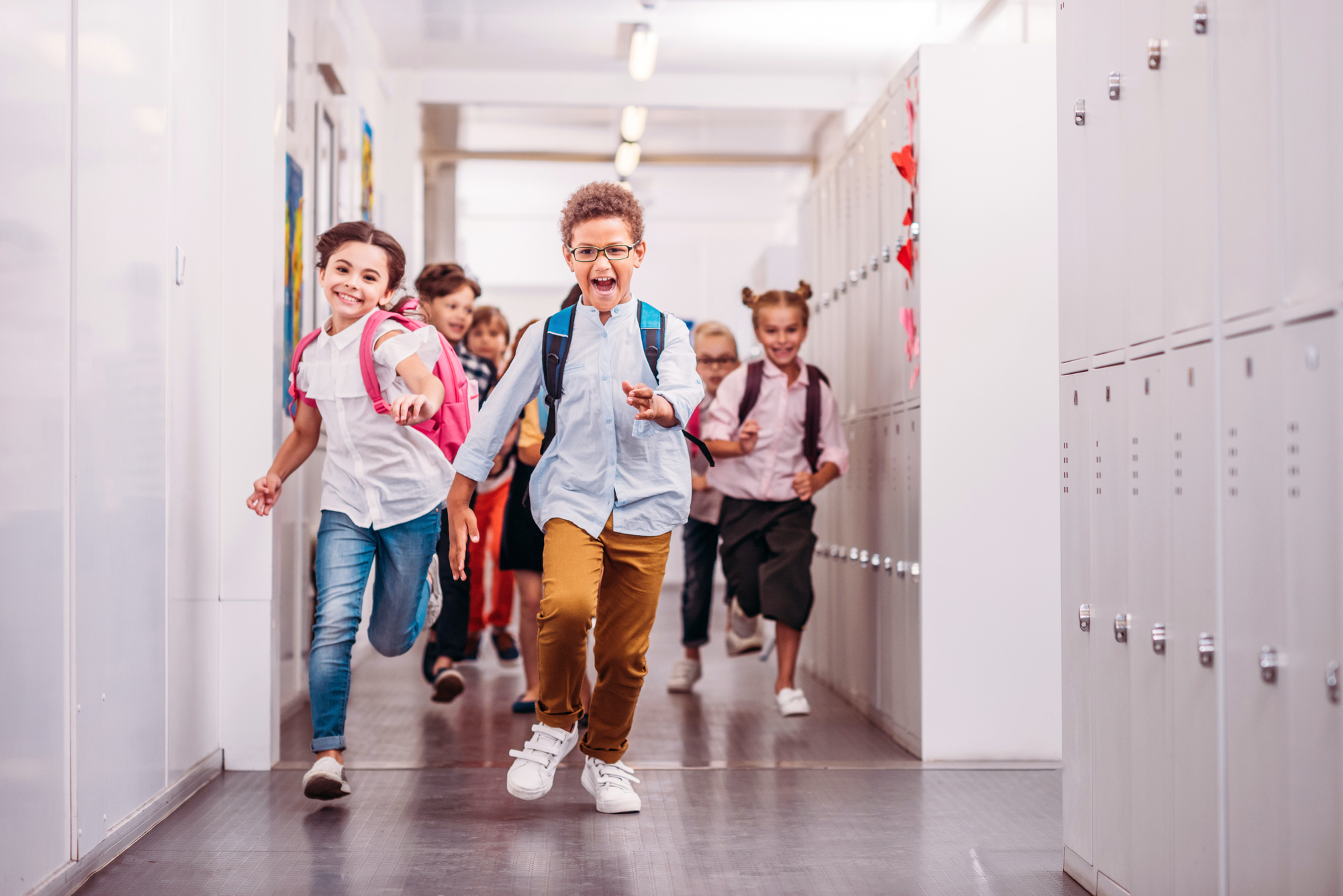Don’t Ruin it with a Visit to the Emergency Department
Kidsafe Victoria is urging parents and carers to have safety front of mind to ensure that everyone has a safe and happy summer holiday.
Jason Chambers, General Manager of Kidsafe Victoria, said that while Christmas is an exciting time for children, it can also be a time when the risk of injury increases.
“The summer holidays are typically a busy time with lots of gatherings, celebrations and trips away with family and friends. It’s important to plan ahead and be aware of potential injury hazards, particularly when visiting unfamiliar properties like holiday houses, and ensure that children are supervised by an adult to help keep them safe”, said Mr Chambers.
Kidsafe Victoria has released a series of safety tips to help parents and carers prevent childhood injuries this summer.
Road Safety and Holiday Travelling
- Plan ahead, including what route you will take, what time of the day you will travel and where you can stop along the way to give everyone a chance to stretch their legs.
- Buckle up – seatbelts and child car restraints save lives, so it’s important to ensure everyone is buckled up correctly before you leave. Children should be seated in a child car restraint that is correct for their size/age, correctly installed into the vehicle and adjusted to fit them properly.
- Keep the kids busy and entertained with activities such as games, colouring in, stories or watching a movie.
- Never leave children unattended in cars. If you have to leave the car, even to run a short errand, take the children with you.
- If it’s hot, dress kids in lightweight clothing to help keep them cool. Sunshades can also be used on car windows to protect children from the sun.
Driveway Safety
To assist in making your driveway Kidsafe, ensure that you SUPERVISE, SEPARATE & SEE:
- SUPERVISE - Actively supervise children in and around driveways at all times.
- SEPERATE - Treat the driveway like a road and separate children’s playspaces from driveways and garages.
- SEE - All vehicles have blind spots which can make it hard to see a child. Reversing sensors and cameras can assist, however they should not be relied upon on their own to keep children safe. Drivers should get into the habit of walking around their vehicle before getting into it when leaving an area where a young child is present.
Water Safety
- Children need to be actively supervised by an adult in and around water at all times. For toddlers, this means having an adult within arms’ reach.
- Appoint designated supervisors at BBQ’s and pool parties whose role it is to actively supervise children in and around the pool. This role can be shared throughout the day so that everyone gets a chance to enjoy the festivities.
- Ensure that your pool barrier is secure and in proper working order and never prop the pool gate open.
- Learn CPR and update your skills regularly.
- Toddlers can drown in as little as a few centimetres of water, so be mindful of other potential outdoor water hazards including eskys with melted ice, wading/inflatable pools and ponds.
- Inflatable pool toys provide lots of fun, however these are not life saving devices and should never be relied upon to keep children safe.
- Always swim at a patrolled beach and swim between the flags.
- Take precautions against sunburn and Slip, Slop, Slap, Seek & Slide.
Toy Safety
- Select appropriate toys for your child’s age – it’s also important to check toys that your child has received as gifts to ensure they are suitable. Age recommendations on toys are based on potential hazards and not intelligence or maturity.
- Inspect toys for hazards including sharp edges, loose parts, long cords and weak construction. Any item smaller than a 20 cent piece can pose a choking hazard.
- Be aware of the dangers posed by magnets and button batteries – if ingested, these can cause severe injuries and even death. Button batteries are also commonly found in festive novelty items that flash or make noise.
Children on Wheels
- Ensure that the wheeled device is the correct size for the child and is appropriate for their development and motor skills.
- Supervise children when using wheeled devices. Help children learn how to use their new equipment in a safe environment, away from traffic and other hazards.
- Use appropriate safety gear such as helmets, wrist guards, knee and elbow pads. When choosing a helmet, look for one that meets the Australian Standards and is a snug fit.
- Dress children in bright coloured clothing to help them be seen by other riders and pedestrians.
- Regularly check the device for wear and tear. Repair or replace items as needed.
You may also like to read:
Keeping your kids safe – Five top tips from experts in child safety









